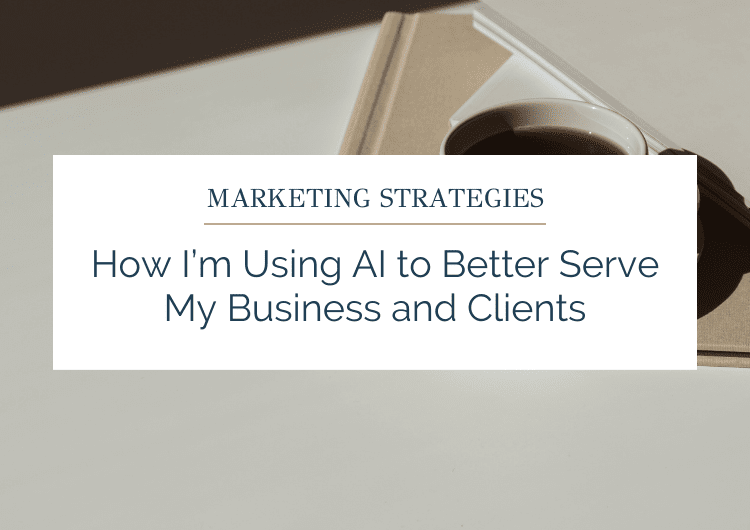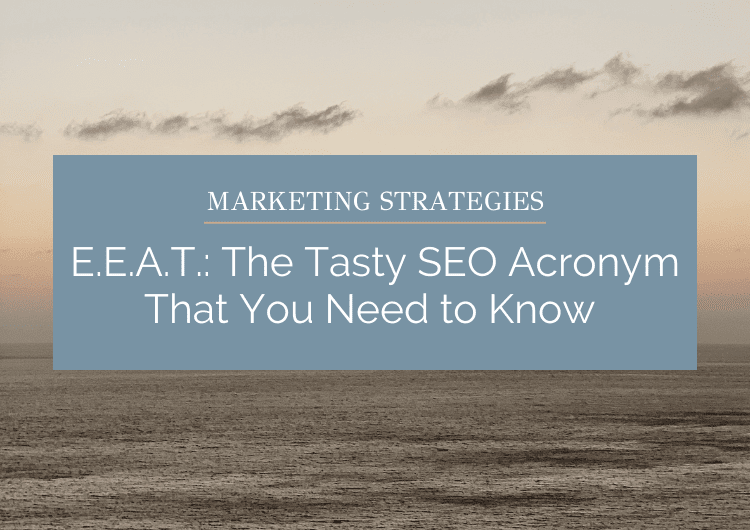Email Marketing: Building Community and Generating Sales

Email marketing is a powerful tool that can help you grow your business. By engaging your community via email, you will be able to increase sales and share important information with those who opt in to receive it.
Typically, there are three types of emails you can send.
- Transactional
- Newsletters
- Loyalty
While there are other types of emails you can send, most will fall into one of these three categories.
Transactional Emails
These are emails that a customer will expect and want. Typically, they are confirmation emails after someone takes an action on your site. This could be buying a product, signing up for a course, or opting into your email list.
While these emails may seem generic or boring, they can be a lot more valuable than you might think! Consider this…
- According to Website Planet, transactional emails are 20% better at converting subscribers than other marketing strategies.
- Per Campaign Monitor, transactional emails are opened 8x more than standard emails and have the potential to generate 6x the revenue.
- Transactional emails have a click-through rate of 4.8% per 99firms.com
With high open and click-through rates, it’s important to max out your transactional emails! When creating a welcome series, cart abandonment, order confirmation, or onboarding email, make sure to include valuable content and links to help you convert even further.
For example, welcome emails have the highest open and engagement rates so I always aim to maximize this opportunity. Instead of a singular welcome email, I will usually do about 4, spread out over the week.
- Email 1 – An Introduction + incentive/download for signing up to your list. Send this one immediately.
- Email 2 – Share your brand’s story to build trust and credibility. Send this one about 24 hours later.
- Email 3 – Share points of difference from the competition and the benefits you bring. Send this one 3-4 days later.
- Email 4 – This email should include “social proof” in order to gain your potential customer’s confidence. Send this one 5-7 days later.
With the right offers, links, and wording, you can use these welcome emails to quickly build trust and rapport with your prospective clients.
Regular Newsletters
When done correctly, these are emails can build brand awareness and drive sales. Whether you send several emails out each week or only send one per month, these emails are an opportunity to connect with your readers in a deeper way – as opposed to feeling like it’s all about selling.
So what do you talk about in your newsletters? Here are a few ideas…
- Product/Service Launches
- Key Products/Service
- Behind the Scenes
- Educational
- About the Biz
- Customer Related
- Inspirational
- Pre-sale
- Give-away
- Collaborations
- Customer/client testimonials
No matter what you choose to discuss in your emails, do your best to keep it interesting so you encourage your reader to open your email again next time!
Pro Tip: be sure to add CTA (call-to-action) buttons throughout the email and make all image clickable back to your site.
Loyalty Emails
Loyalty emails are my favorite type of email to send, plus they have the potential for HUGE ROI.
Acquiring a new customer is anywhere from 5 to 25 times more expensive than retaining an existing one, (according to HBR) so it’s important to nurture this list.
Recently, a client hired me to analyze her sales and find out who had purchased at a particular time last year but had not yet purchased this year. Our data mining found over 1,600 past customers we were able to reach out to. With just one segmented (but very direct email), she generated over $10,000 in sales in just a few days.
Pro Tip: Use the acronym RFM-P to segment ways to identify loyal behavior and segment customers.
- R is for Recent – How recent was their last purchase? The more recent the purchase, the more responsive the customer is to promotions.
- F is for Frequency – How many times did they purchase from you in the past? The more frequently the customer buys, the more engaged and satisfied they are over all.
- M is for Monetary – How much have they spent with you over time and do they purchase at full price or on a discount?
- P is for Products – This is understanding what people are buying (or not buying.) When looking at these lists, you can cross-sell and offer complementary products. You can also follow up when they might be in need of a new product, as in my example above.
Email marketing can be an extremely powerful tool to grow your business. By offering valuable content that people want to read, you’ll be able to reach new clients, while staying top of mind with your current ones. Reach out to me to learn how to utilize email marketing within your business!

